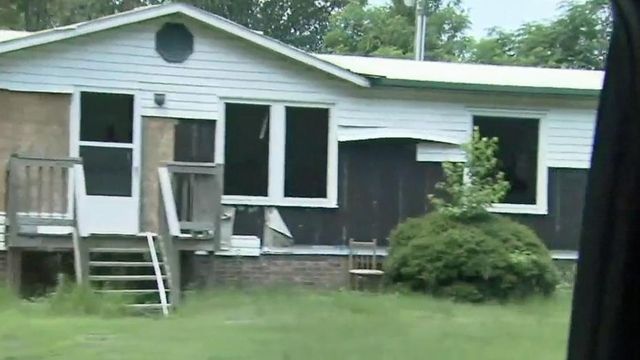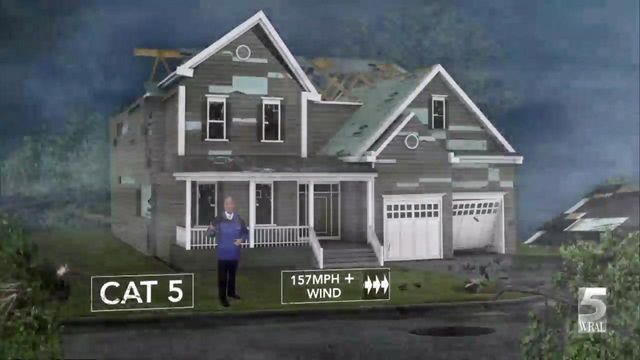Nearly two years later, NC residents still dealing with ramifications of Matthew
Many people in the eastern part of North Carolina are still struggling to recover from Hurricane Matthew, nearly two years after the storm ripped through the state.
Posted — UpdatedIn Seven Springs, nature’s fury marks the passage of time.
“[In] 1996 we had Fran, in 1999 we had Floyd ,and in 2016 we had Matthew,” Mayor Stephen Potter said.
Though the water has receded, the feeling that the town is at risk of drowning has remained.
“The supply company, they want to sell it, but I don’t know if they’ll ever get a buyer,” Potter said.
Potter hopes to someday make it to 75 residents.
“Every headline was ‘Is Seven Springs going to survive?’ or ‘Is this the end of Seven Springs?’ Heck no, it’s not. We’re here, and I intend to stay here,” Potter said.
Those who have stayed in the town are not simply rebuilding. They’ve done that before. They are redesigning the town.
Potter said he raised his house 8 feet off the ground.
“It would take 30 inches more to get on my front porch,” he said.
“We’ll always have floods here. We’re in a 100-year flood plain,” Potter said.
“In the beginning, you had more people saying they were not going to come back,” said North Carolina Emergency Management Hazard Mitigation Specialist Calvin Adkins. “As time went by, all the old feeling left and it was reality then. This is home for me.”
Where the floodwaters once lapped the roof of town hall, the senior community center and dozens of homes, there is now dry ground and progress.
“There’s another house that came back and, as you see, when they come back they come back a lot better than what they were in the beginning,” Adkins said.
The change is slow and steady according to Adkins, who was born and raised in Princeville and now works to help his neighbors rebuild.
“This is one of the hardest hit areas,” he said.
Grit, backbreaking work and sheer willpower mingle with anger and frustration at the red tape, the hoops and the uncertainty that has gone on for 22 months and counting.
“What it looks like when people don’t come back home, the grass has grown up, it makes the town look bad,” Adkins said.
Still, Princeville officials say the elementary school could reopen this fall, and the town hall has been gutted for repairs.
Of the more than 700 homes in Princeville before Matthew, 400 were severely damaged. Nearly two years later, Adkins estimates about 500 are back.
“There’s still a demand for housing,” he said.
As much physical work is left to do, it is perhaps the emotional toll that will take the longest to heal.
Edgecombe County’s Director of Disaster Recovery, Natalie Bess, said the start of hurricane season brings on flashbacks and strong feelings among those who have lived through disasters.
“We still have people now that get really anxious when it rains,” she said. “We are talking about infrastructure and finance, but the people are really still dealing with the ramifications of what happened.”
Back in Seven Springs, Potter is appealing to the emotions of residents, in a two-pronged effort to keep the town afloat.
“We look wounded right now, pretty badly,” he said.
As the area rebuilds, they’re also reimagining the future. Government buyouts will leave new open space, and Potter has ideas on how to turn that into an asset for the people who live in Seven Springs.
Baseball fields, RV parks and kayak launches are just a few thoughts he has for the land.
“We’ve got to find a way to make the river, our worst enemy, our friend,” he said. “I believe in time. It may take five years, it may take 10 years, but eventually we’ll get somewhere.”
Related Topics
• Credits
Copyright 2024 by Capitol Broadcasting Company. All rights reserved. This material may not be published, broadcast, rewritten or redistributed.






